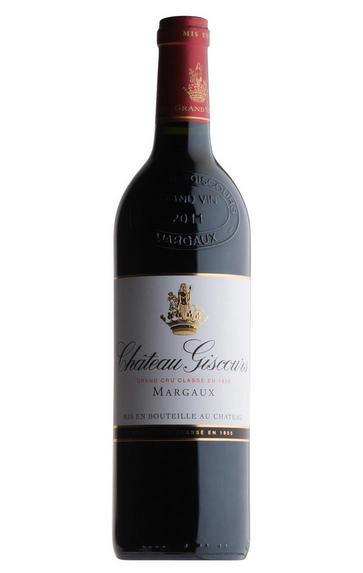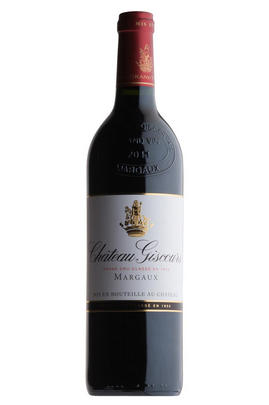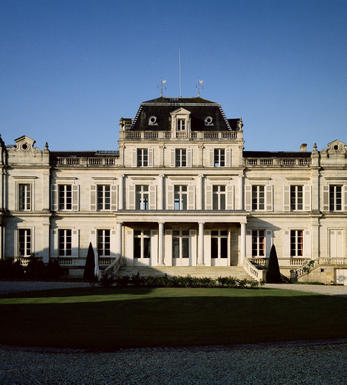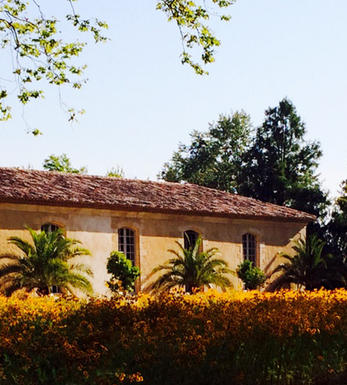
2009 Château Giscours, Margaux, Bordeaux

Critics reviews
The 2009 Giscours has a generous and complex bouquet with well-defined blackberry, cedar, mocha and light ferrous notes, more like a Saint-Julien than Margaux. The palate is medium-bodied with fine tannin, fresh and vibrant with curry leaf and graphite. A dash of white pepper pops up towards the finish. This is a very fine Giscours to enjoy over the next 15 to 20 years.
Drink 2023 - 2040
Neal Martin, Vinous.com (March 2019)
The finest Giscours in my professional career (I said the same thing from barrel), this dense purple wine has a stunning nose of burning embers, charcoal, creme de cassis, new saddle leather and damp, forest floor notes. It is full-bodied, with exceptionally sweet, well-integrated tannins and a multi-dimensional, almost skyscraper-like mid-palate and finish. With its low acidity and remarkable substance and depth, this gorgeous wine should age beautifully for 20-30 years.
Drink 2012 - 2042
Robert M. Parker, Jr., Wine Advocate (December 2011)
Round and polished and a pleasant drink but obviously simpler than most of the wines in this collecion of 2009 bordeaux.
Drink 2015 - 2027
Jancis Robinson MW, JancisRobinson.com (February 2024)
About this WINE

Chateau Giscours
Château Giscours is one of the largest Margaux properties and now producing wine worthy of its 3ème Cru Classé status. It is located in the commune of Labarde and has over 80 hectares of vineyards.
Giscours was in a dire state when it was acquired by Nicholas Tari in 1952. He invested heavily and the quality of the wine improved beyond recognition. In 1995 he sold up the property to Dutch businessman Eric Albada Jelgersma.
Giscours's wine is typically a blend of 65% Cabernet Sauvignon, 30% Merlot and 5% Cabernet Franc. The grapes are fermented in temperature-controlled tanks and the wine is then aged in small oak barrels (30-40% new) for 18 months.
Giscours produces richly aromatic wines that are surprisingly powerful on the palate, displaying ripe, black fruit with hints of cedar and new oak.

Margaux
If Pauillac can be seen as the bastion of ‘traditional’ Red Bordeaux, then Margaux represents its other facet in producing wines that are among Bordeaux’s most sensual and alluring. It is the largest commune in the Médoc, encompassing the communes of Cantenac, Soussans, Arsac and Labaude, in addition to Margaux itself. Located in the centre of the Haut-Médoc, Margaux is the closest of the important communes to the city of Bordeaux.
The soils in Margaux are the lightest and most gravelly of the Médoc, with some also containing a high percentage of sand. Vineyards located in Cantenac and Margaux make up the core of the appelation with the best vineyard sites being located on well-drained slopes, whose lighter soils give Margaux its deft touch and silky perfumes. Further away from the water, there is a greater clay content and the wines are less dramatically perfumed.
Margaux is the most diffuse of all the Médoc appelations with a reputation for scaling the heights with irreproachable wines such as Ch. Margaux and Ch. Palmer, but also plumbing the depths, with too many other châteaux not fulfilling their potential. There has been an upward shift in recent years, but the appellation cannot yet boast the reliability of St Julien. However, the finest Margaux are exquisitely perfumed and models of refinement and subtlety which have few parallels in Bordeaux.
Recommended Châteaux: Ch. Margaux, Ch. Palmer, Ch. Brane-Cantenac, Ch. Rauzan-Ségla , Ch. Dufort-Vivens, Ch. Ferrière, Ch. du Tertre, Ch. Giscours, Ch. d'Angludet.

Cabernet Sauvignon Blend
Cabernet Sauvignon lends itself particularly well in blends with Merlot. This is actually the archetypal Bordeaux blend, though in different proportions in the sub-regions and sometimes topped up with Cabernet Franc, Malbec, and Petit Verdot.
In the Médoc and Graves the percentage of Cabernet Sauvignon in the blend can range from 95% (Mouton-Rothschild) to as low as 40%. It is particularly suited to the dry, warm, free- draining, gravel-rich soils and is responsible for the redolent cassis characteristics as well as the depth of colour, tannic structure and pronounced acidity of Médoc wines. However 100% Cabernet Sauvignon wines can be slightly hollow-tasting in the middle palate and Merlot with its generous, fleshy fruit flavours acts as a perfect foil by filling in this cavity.
In St-Emilion and Pomerol, the blends are Merlot dominated as Cabernet Sauvignon can struggle to ripen there - when it is included, it adds structure and body to the wine. Sassicaia is the most famous Bordeaux blend in Italy and has spawned many imitations, whereby the blend is now firmly established in the New World and particularly in California and Australia.


Buying options
Add to wishlist
Description
We normally find tasting Giscours at this stage a tad underwhelming to be honest, tending to buy large quantities (far more expensively I may add) when it’s singing, four to six years after the vintage. Not this year!!! Really generous without being pushed, intense and concentrated with an amazingly long finish, this could easily be their greatest vintage, and it actually surpasses the brilliant 2005. Fantastic.
Berry Bros. & Rudd
wine at a glance
Delivery and quality guarantee